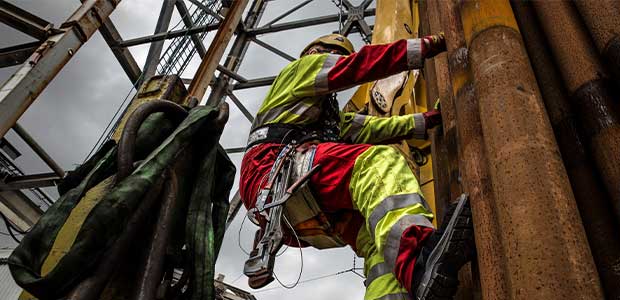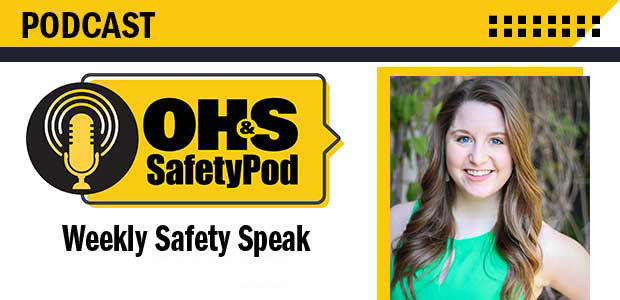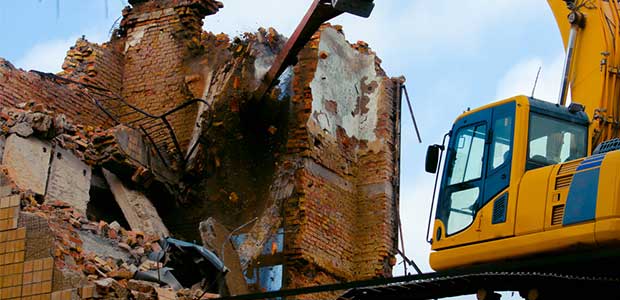
Proper footwear can help avoid major accidents, especially with new innovations.

An in-depth report shows you how to conduct efficient trainings for employees.

Understanding why workers aren’t wearing their vision protection will help identify program gaps.
It takes a lot to be a great leader and even more to be an exceptional employee.

Episode 75
Summer brings with it some great things, but safety directors know that it can also bring increased safety risks for workers on the job. Listen in as we count down the top five most common summertime safety risks.

The U.S. Department of Labor announces 15 new people have been appointed to serve on the committee.

Two Michigan companies were cited by OSHA; the investigation conducted found they failed to check for safety hazards.

Foster Farms and staffing agencies at its Livingston facility failed to protect employees from COVID-19.

Memorial Day weekend is right around the corner; here are drivers’ safety tips to prevent accidents and crashes this holiday provided by the National Safety Council.